At Ciarragedets, we’ve seen firsthand the artistry and care that goes into each of our knives. In this article, we want to share with you the essential knowledge of when and how to clean and sanitize your knife. Knives play a central role in food preparation, and maintaining their hygiene through proper cleaning and sanitization is not just a best practice—it’s an essential step in ensuring food safety and preventing the spread of foodborne illnesses so you can make sure you keep your commercial kitchen clean and meeting industry standards.
Why Knife Cleaning and Sanitizing Are Crucial?
Knives are among the most frequently used tools in food preparation, and their surfaces come into direct contact with raw ingredients, which can carry harmful bacteria. Proper cleaning and sanitizing help prevent cross-contamination, maintain hygiene, and reduce the risk of foodborne illnesses. Without these steps, knives can harbor bacteria, chemicals, and other contaminants, which can be transferred to the next food item being prepared.

The Important Role of Knife Cleaning in Food Safety
Knives, when not properly cleaned, can serve as breeding grounds for harmful microorganisms like Salmonella, E. coli, and Listeria, all of which can cause serious foodborne illnesses. Food safety regulations require that utensils, including knives, be thoroughly cleaned and sanitized between uses, especially when switching between raw meats, poultry, seafood, and vegetables. Knife cleaning helps:
- Remove food particles and residues.
- Eliminate pathogens that could cause illness.
- Prevent cross-contamination of ingredients.
- Maintain knife quality and performance.
How Contaminated Knives Affect the Spread of Bacteria and Foodborne Illnesses
For example, a knife that has been used to cut raw meat can transfer bacteria onto fruits, vegetables, or cooked food if not cleaned between uses. Even small amounts of bacteria left on the knife can multiply and spread throughout the kitchen, potentially leading to widespread contamination.
The key ways in which contaminated knives contribute to the spread of bacteria and foodborne illnesses include:
- Cross-contamination: If a knife isn't cleaned between cutting different food types, such as raw meat and fresh produce, bacteria can transfer from one item to another.
- Survival of pathogens: Many harmful bacteria can survive on knife surfaces for extended periods, particularly in microscopic crevices or grooves on the blade.
Extended Lifespan of the Knife
Regular cleaning and sanitizing not only protect you from bacteria but also help preserve the knife’s material and overall condition. Food particles, acidic juices, or salty substances left on knives can corrode the blade and handle over time, reducing its lifespan. By cleaning the knife promptly after each use, you ensure it stays sharp and durable for much longer.
Avoiding Unpleasant Odors
Food residue left on knives can attract bacteria that produce unpleasant smells. This is especially true for oils, fats, or strong-smelling foods like onions or garlic. If not cleaned properly, these odors can linger on the knife, affecting the taste and smell of other foods that the knife comes into contact with. Sanitizing the knife helps eliminate these odors and ensures that the knife remains neutral for future use.
Aesthetically Pleasing
A clean knife looks better and is more enjoyable to work with. Food debris, fingerprints, and stains can make a knife look worn and unsanitary. Regular cleaning not only helps maintain its function but also keeps it looking polished and professional. A well-maintained knife is more visually appealing and shows attention to detail in your kitchen.
When to Clean and Sanitize Your Knives?
The golden rule of knife hygiene is to clean and sanitize your knives after each use. Whether you're slicing, dicing, or chopping, this practice helps remove any residue immediately, preventing the risk of cross-contamination. It is especially important when switching between raw meats, vegetables, or ready-to-eat foods, as bacteria can transfer between them.
When to Clean and Sanitize Your Knives:
- After every use: Immediately after using a knife to prepare any food, wash it to avoid food particles or bacteria lingering on the blade.
- Before switching tasks: If you're using a knife for different ingredients, such as switching from raw meat to vegetables, clean it thoroughly between uses.
- Before storing: Always ensure your knife is clean and dry before storing it to avoid moisture buildup that can cause rusting or harbor bacteria.
Best Practices for Cleaning and Sanitizing Knives
Cleaning Techniques
- Handwashing: Always wash knives by hand rather than in the dishwasher. Use warm water and a mild dish soap to gently scrub the blade and handle with a soft sponge or cloth. Avoid abrasive materials like steel wool, as they can scratch the blade.
- Blade Cleaning: Carefully clean the blade from heel to tip, paying extra attention to the crevices between the handle and blade where food particles can accumulate.
- Handle Care: Wipe the handle with a damp cloth to remove any food residue. Wooden handles may require special care to avoid moisture damage.

Sanitization Methods
- Dish Soap and Water: While washing, ensure the knife is thoroughly scrubbed to remove any contaminants. Rinse well with warm water to prevent soap residue.
- Vinegar Solution: For sanitizing, use a mixture of vinegar and water (1:1 ratio). This can help remove any germs or bacteria left behind after cleaning.
- Bleach Solution: For deep sanitization, especially in foodservice environments, a mild bleach solution (1 tablespoon bleach to 1 gallon of water) can be used. Ensure that the blade is thoroughly rinsed after using this solution.
Recommended Cleaning Products and Tools
- Mild Dish Soap: Use a gentle dish soap that won’t damage the blade or handle.
- Soft Sponge or Cloth: Avoid rough sponges or abrasive scrubbers that can scratch the blade’s surface.
- Wood Conditioner (for wooden handles): If the knife has a wooden handle, use a food-safe conditioner to maintain the wood and prevent drying out or cracking.
Dry Immediately
After cleaning, dry the knife immediately with a clean, dry cloth. This helps prevent water spots, rust, and corrosion. Avoid leaving the knife to air dry, as moisture can damage the blade and handle over time.
Store Properly
- Knife Block: Store knives in a knife block to protect the blade from damage and to keep them easily accessible.
- Magnetic Strips: A magnetic strip can also be a good option for storing knives safely, keeping them out of reach and preventing dulling.
- Protective Sheath: When storing knives in a drawer, use protective sheaths or knife guards to prevent the blade from getting scratched or dull.
How Can You Maintain and Sharpen your Knife for optimal performance?
Regular maintenance of your knife is key to its longevity and performance. Indeed, a well-sharpened knife is not only more efficient in the kitchen but also safer to use.
For Gadgets knives, which are known for their exceptional quality and craftsmanship, we recommend sharpening the blade every few months, depending on how frequently the knife is used.
How to Hone
- Hold the honing steel vertically with the tip resting on a stable surface.
- Hold the knife at a 20-degree angle to the steel.
- Gently swipe the knife along the steel, starting at the base of the blade and moving to the tip.
- Alternate sides, honing 5–10 times per side.
If you're not comfortable sharpening your knife yourself, you can take it to a professional for sharpening once or twice a year, depending on how often you use it.
However, maintenance goes beyond just sharpening. It’s important to regularly inspect your knife for any signs of wear or damage. Also, after each use, wash your knife by hand with warm water and mild dish soap. Avoid placing it in the dishwasher as the heat and harsh detergents can damage the blade and handle. Dry the knife immediately to prevent rusting.
For those with a wood handle, occasional application of a small amount of mineral oil can help maintain its luster.
FAQs
How Long Can a Kitchen Knife Be Wet?
It's best not to leave a kitchen knife wet for long periods of time. If a knife is left damp or submerged in water for an extended period, it can encourage rust or corrosion, especially if it’s made of carbon steel or other non-stainless materials. Always dry your knife promptly after washing it to prevent moisture buildup, which can lead to discoloration or damage.
How to Get Rust Off a Knife?
To remove rust from a knife, follow these steps:
1. Use Baking Soda Paste:
Mix baking soda with a little water to form a paste.
Apply the paste to the rusted areas of the blade and scrub gently with a soft brush or cloth.
Wipe off the paste with a clean damp cloth, and dry the blade completely.
2. Steel Wool or Sandpaper:
For stubborn rust, lightly rub the rusted areas with steel wool or fine sandpaper.
Be careful not to scratch the blade too much, as this can damage the surface.
3. Oil:
After cleaning, apply a thin layer of oil (like mineral oil or vegetable oil) to protect the blade from future rust.
How to Sharpen a Knife?
You can use a sharpening stone (whetstone), a honing rod, or an electric sharpener. A sharpening stone is the most traditional and effective method for sharpening a knife.
1. Prepare the Stone:
If using a whetstone, soak it in water for about 10-15 minutes before use.
Sharpen the Knife:
Hold the knife at a 20-degree angle to the stone (for Western knives) or 15 degrees (for Japanese knives).
Draw the blade across the stone from heel to tip, maintaining a consistent angle. Repeat this process on both sides of the blade.
Start with a coarse grit to remove dullness, then move to a finer grit to hone the edge.
2. Honing:
After sharpening, use a honing rod to maintain the edge. Hold the rod vertically and gently swipe the knife at a 20-degree angle, alternating sides.





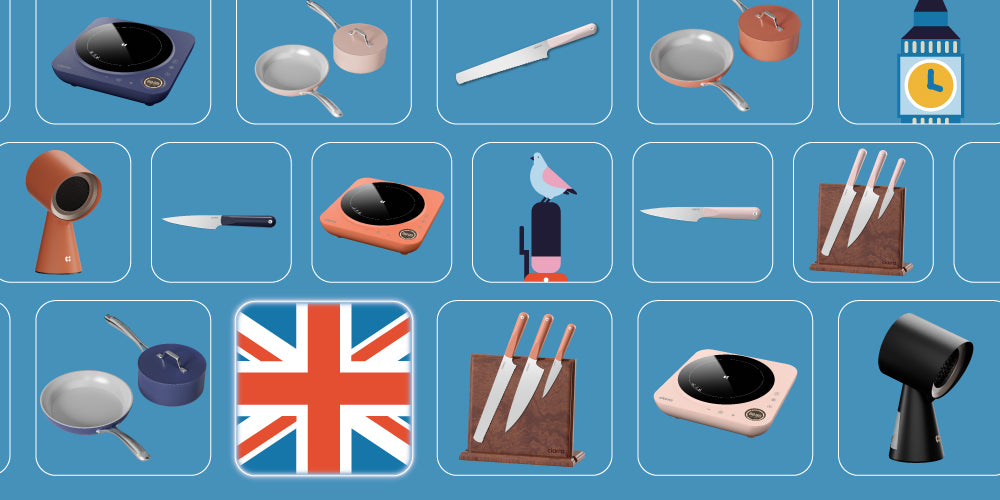
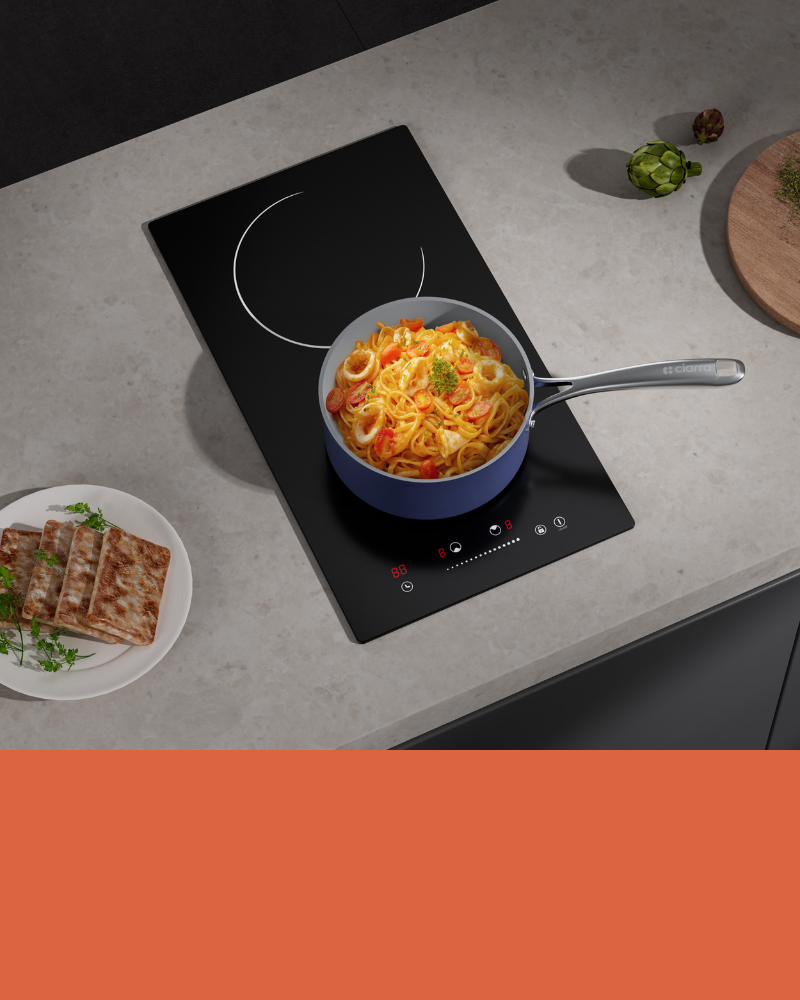


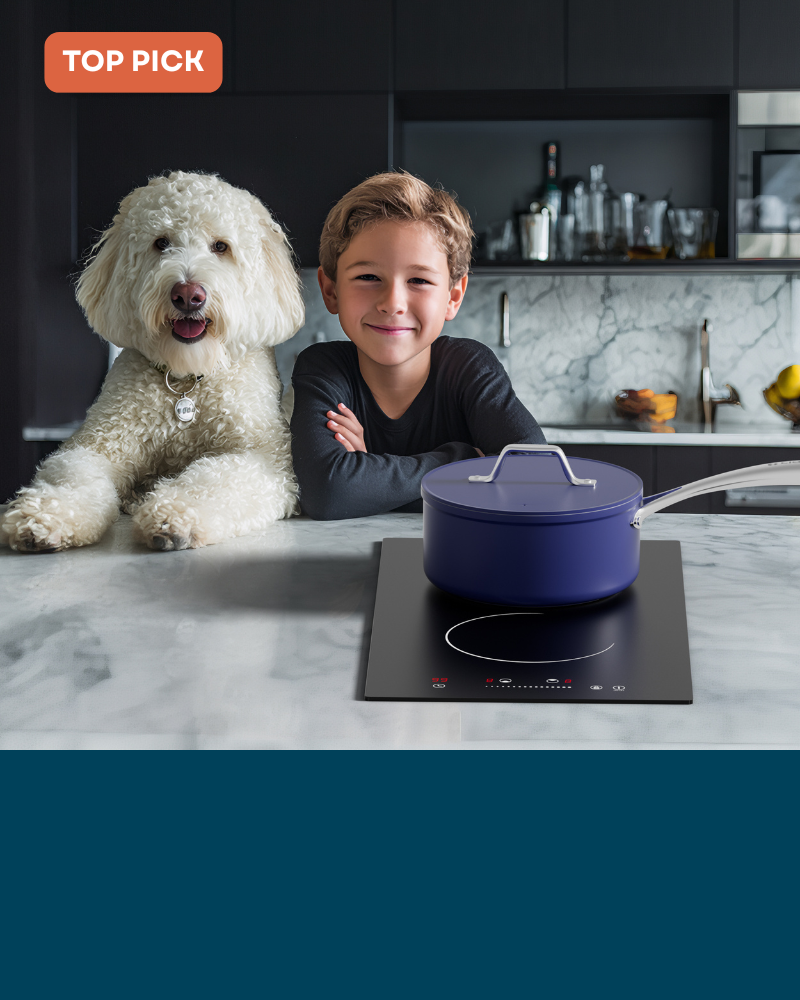
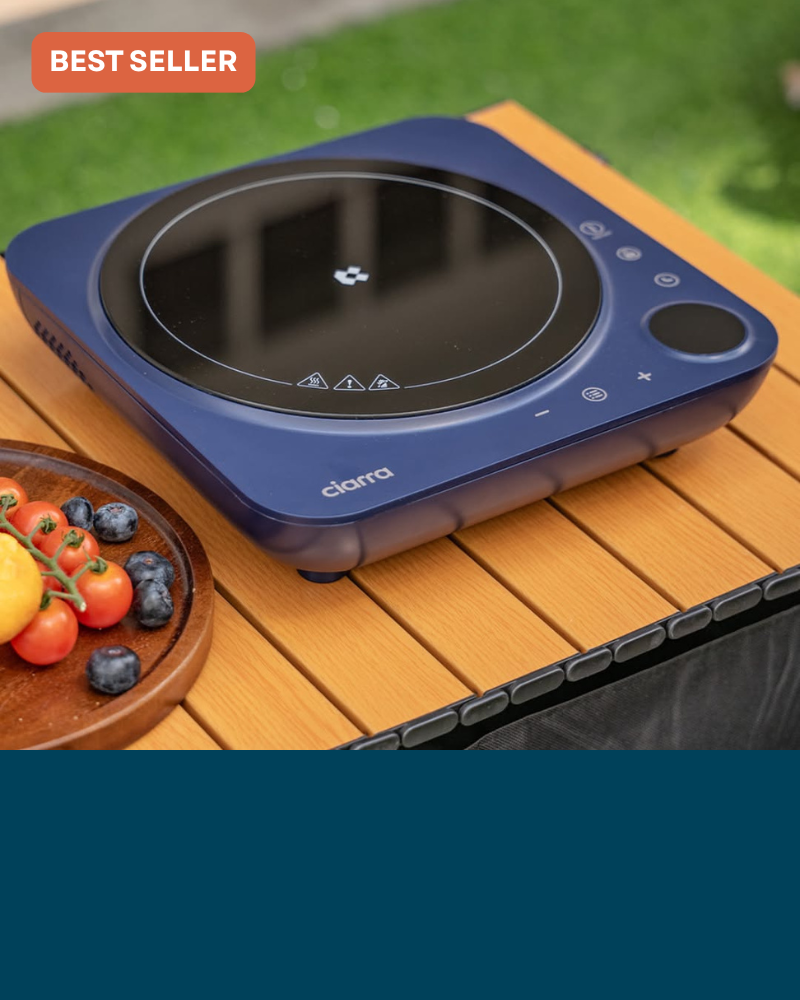
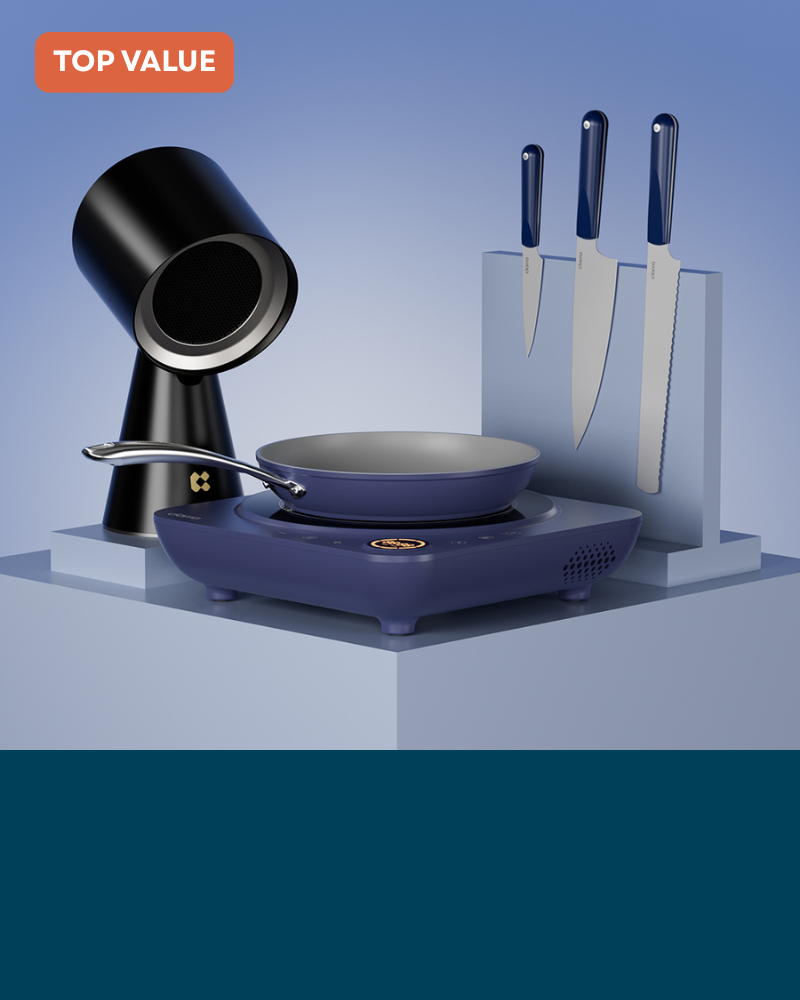
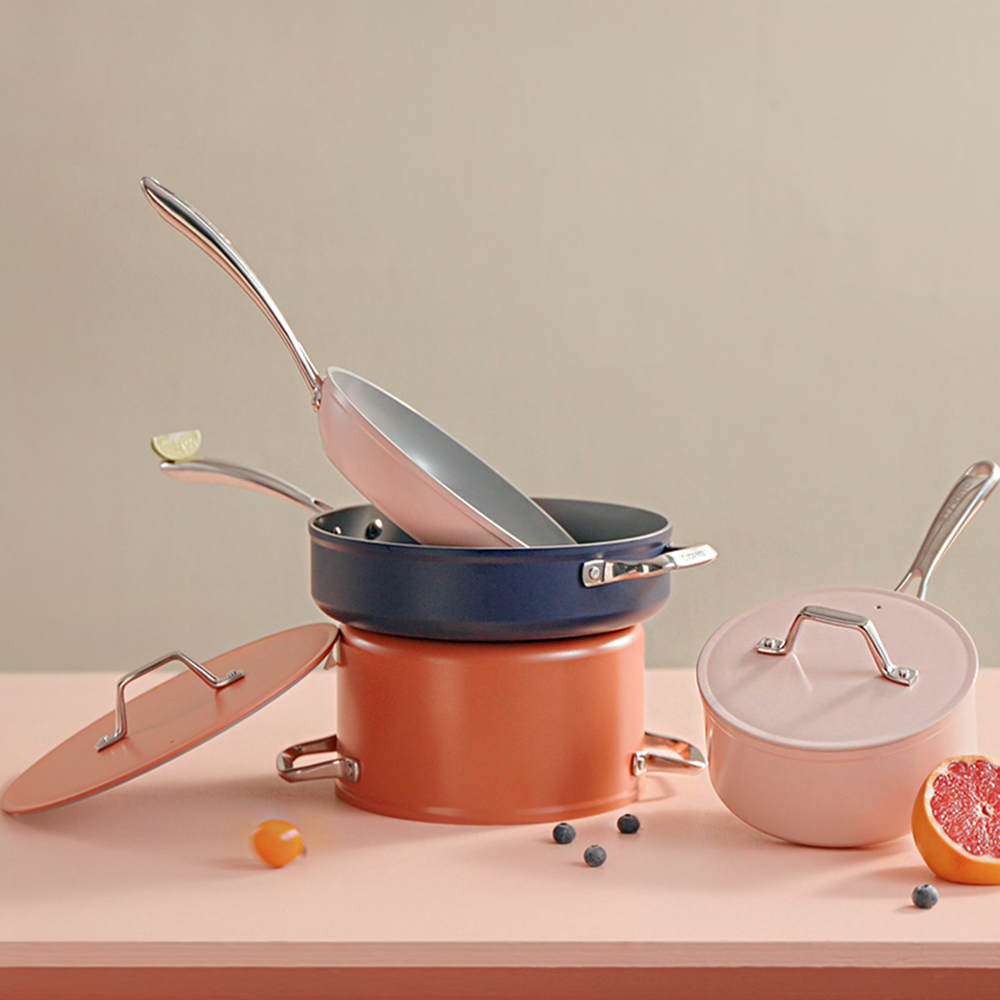
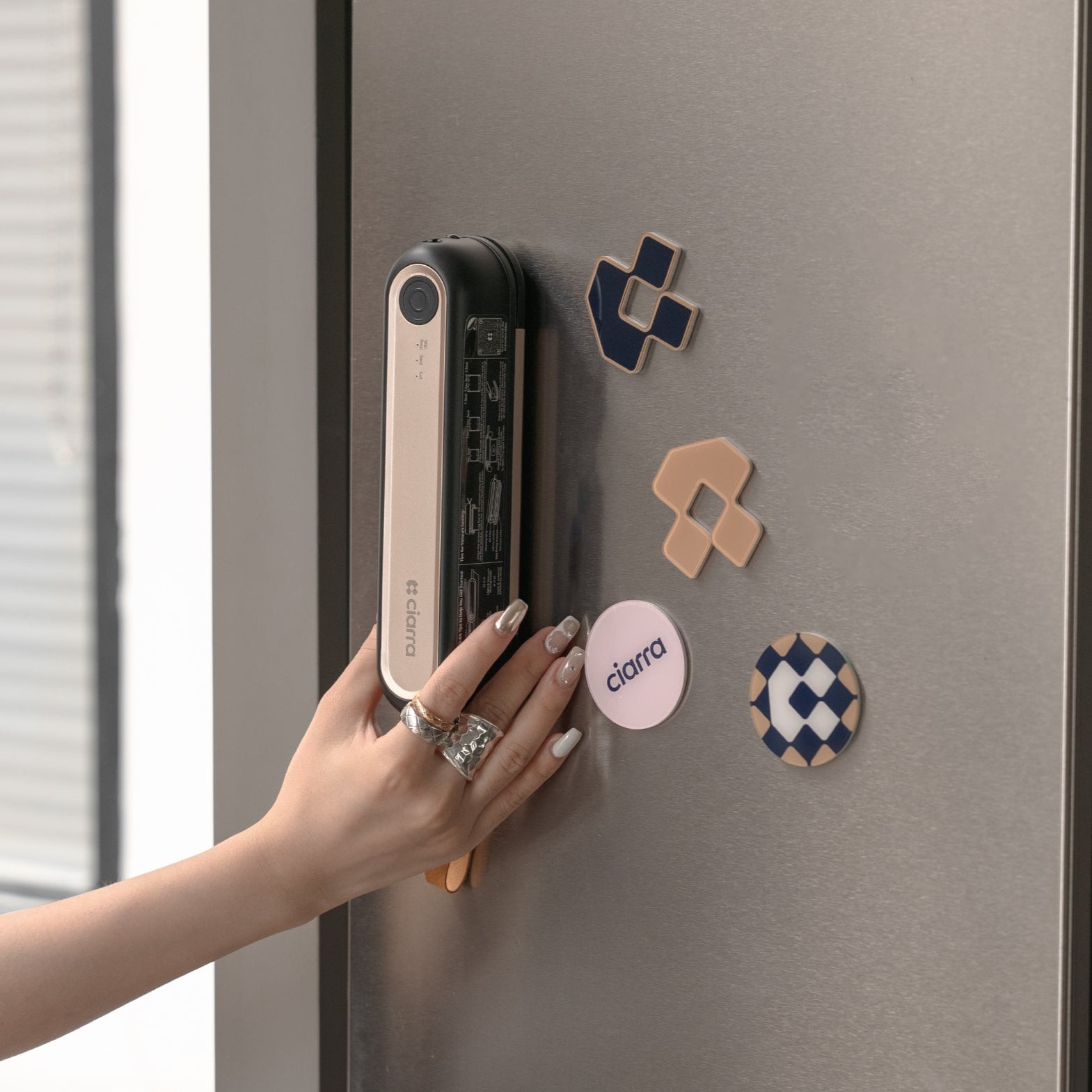
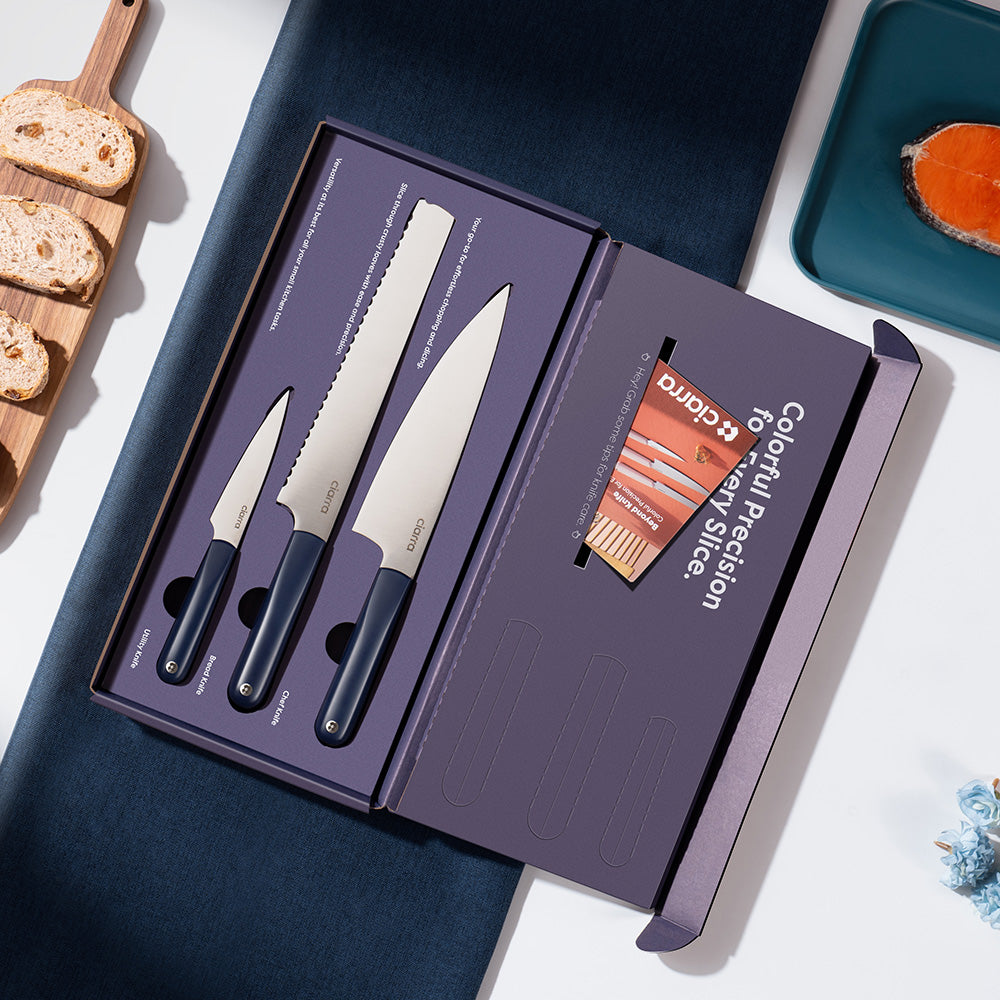

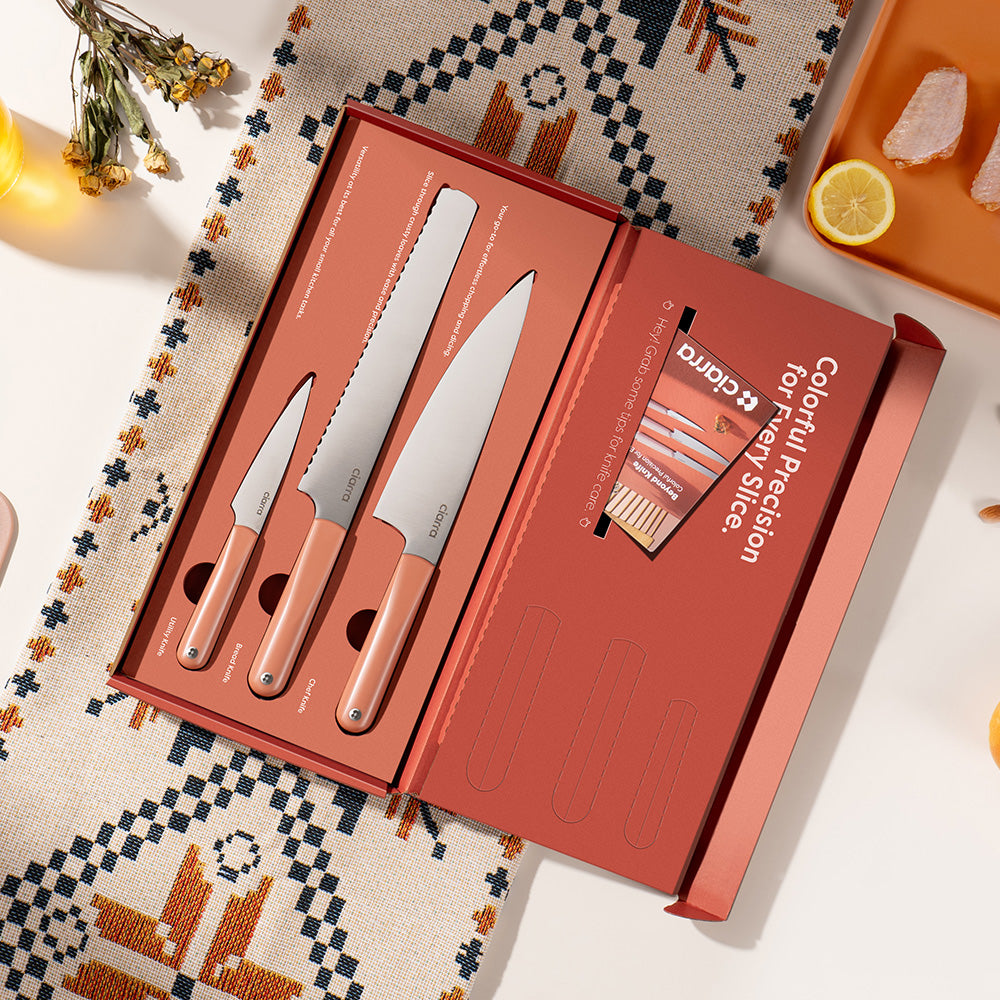
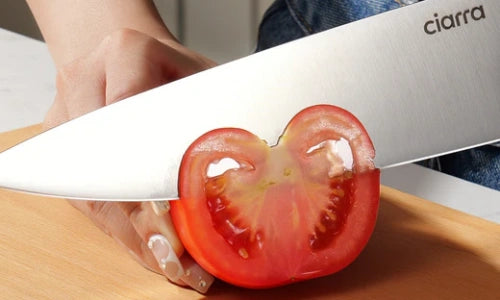

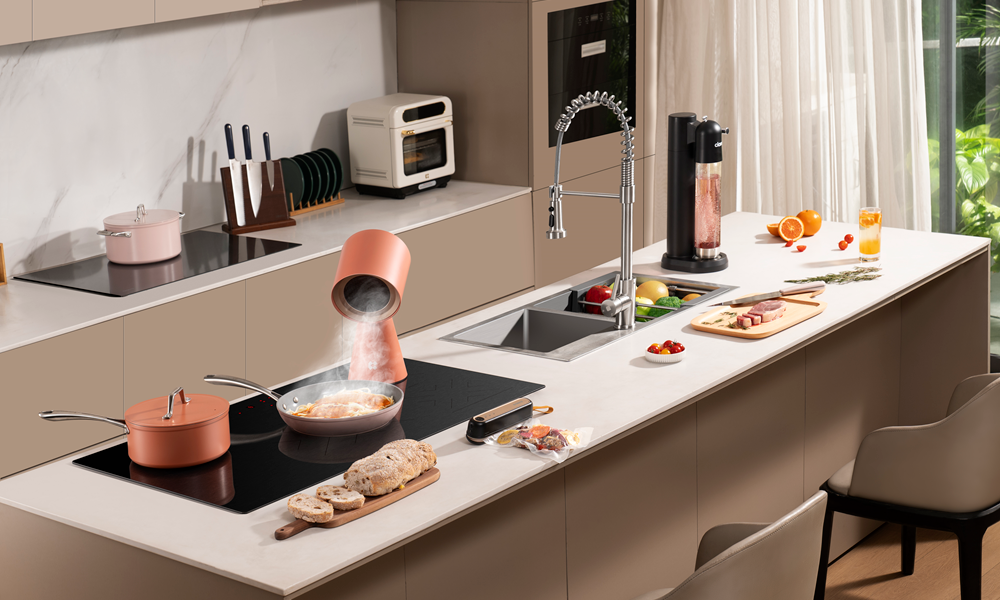
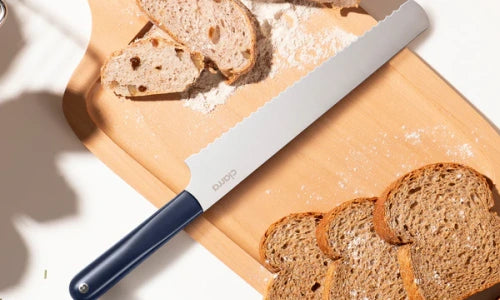
Leave a comment
All comments are moderated before being published.
This site is protected by hCaptcha and the hCaptcha Privacy Policy and Terms of Service apply.